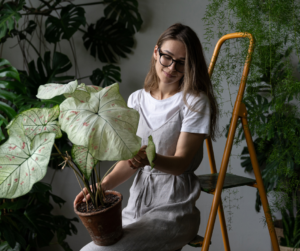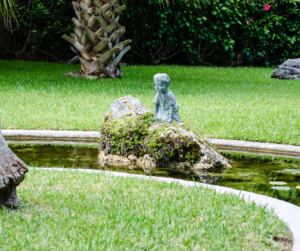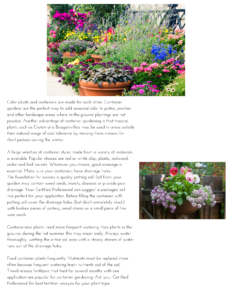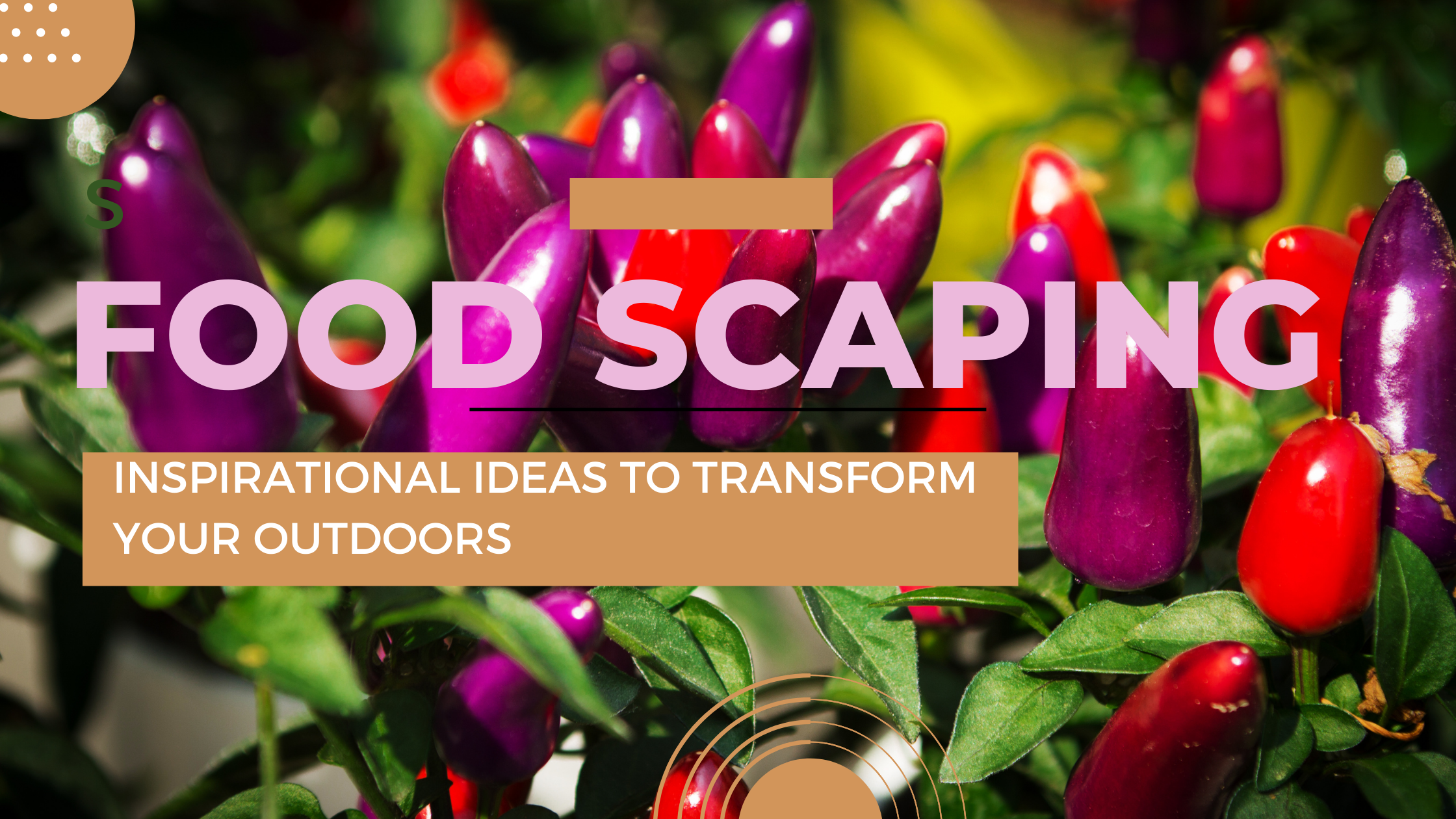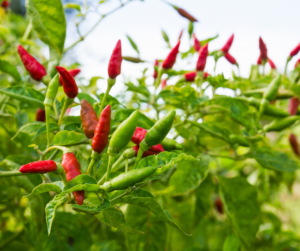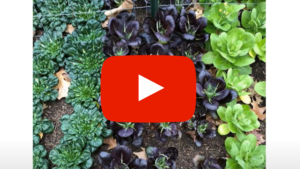

Most garden herbs are used as flavorful additions in cooking, but other uses
include perfumes, sachets, potpourri, herbal medicinal remedies, cosmetics
and more.
Herbs can add texture, fragrance, color, and drama to the landscape. Some
are great as edging plants or trailing plants over rock walls, while others
make great topiaries in containers. Garden herbs are a great addition to any landscape.
Aloe Vera: Aloe Vera is a tender, succulent perennial grown for
the juicy sap in its leaves. Apply the juice to minor burns, wounds or
sunburns as a soothing, cooling agent. Grow in well-drained soil in
containers in full sunlight. It may be grown in beds outdoors in tropical
areas. Avoid over-fertilization and over-watering for best growth.
Basil: Fragrant foliage makes this a popular herb used in cooking.
Many varieties such as ‘Purple Ruffles’ and ‘Spicy Globe’ are great
additions to the mixed border and the herb garden. Plant in full to
part sun in moist, well-drained soil. Plants grow 12–32″ tall depending
on the variety. Pinch back flowers to promote fuller, bushier growth.
Catmint: Also known as catnip, this fragrant herb is used in herbal
teas, potpourri, and cat toys. Several varieties are available with
a wide range of growth habits. The flowers are a welcome, fragrant
addition to the landscape. All should be planted in a sunny to a partially
sunny location in any moist, well-drained soil.
Chamomile: Feathery foliage and dainty, daisy-like blooms add
textural interest to the garden. Plant between stepping stones to make
a fragrant informal path. Commonly used to make a soothing tea, this
herb is truly a multi-purpose plant. Provide full sun in moist, neutral
alkaline soil.
Chives: The common garden chive is an easy-to-grow, adaptable herb
that cooks enjoy for adding a mild onion flavor to foods. The
attractive globe-shaped pink to purple flowers are both ornamental and
useful as a garnish in salads or as a flavoring for vinegar or spreads.
Plant in full sun to part shade. It may be grown indoors in containers.
Cilantro/Coriander: This fast-growing annual grows to 20″ and
has feathery, divided leaves that are bright green. The leaves, seeds, and
roots are used for all culinary purposes. This herb likes it hot
so it is natural for Texas gardens. Provide well-drained soil in average
soil. Avoid over-fertilization. To harvest seeds, remove the whole plant,
place it upside down in a paper bag, and hang it in a cool, dry place. Ripened
seeds should fall into the bag.
Dill: This popular herb is often associated with pickles of the
same name but is also a favorite in fish dishes and other cooked
dishes. Airy, feathery foliage and yellowish flowers add textural interest
to the garden. Plant this 3′ annual herb in moist soil which has been
amended with organic matter. Prefers full sun. Space 12″ apart.
Lavender: Most often dried for potpourri, sachets or dried
arrangements, this delightful herb can also be used fresh to flavor
jellies and other sweet dishes. Several varieties are available. Grayish
foliage and colorful flower spikes make this a great landscaping plant.
All require well-drained soil and little supplemental water. Plant in full
sun 12-18″ apart. Dry by hanging in bunches in dry, airy locations.
Mint: This fast-growing, spreading perennial is available in many
varieties. It is adaptable to growing conditions and performs best in
partly shaded conditions in moist soil. Mulch to conserve moisture.
It may be grown in containers. Use fresh or dried in cooking. Plant 12″
apart.
Oregano: Italian cooking would not be the same without adding oregano.
This warm-weather plant also makes a great
ground cover. Several varieties are available, most growing to about
12″ tall. Plant in full sun in well-drained soil. Pick fresh as needed or
cut whole stems to dry before flowers develop. Plant 2–3′ apart.
Parsley: Fresh parsley is a favorite used as a fresh or dried garnish
to flavor cooked dishes. Easily grown from seed in full sun to
part shade. Provide moderately rich, well-drained soil for best
growth. Several varieties are available. Curly parsley makes an ideal
edging plant in the garden.
Rosemary: Perennial evergreen shrub has fragrant foliage,
stems, and flowers. A favorite herb used for cooking and in potpourri
and wreath making. This excellent landscape plant is used as edging,
topiaries or ground cover, depending on the variety. Heat and drought-tolerant,
this is a great choice for Texas gardens. Plant in full sun.
Sage: Velvety leaves and colorful flower spikes in spring make this a
beautiful plant in the garden. In addition to the aesthetic qualities of
this herb, it is a favorite in cooking, especially stuffings and marinades.
Plant in full sun in soil which has been amended with plenty of organic
matter. Plant in raised beds to ensure good drainage. Several varieties
are available.
Thyme: Grown for both their flavorful foliage used in cooking and
their landscaping uses. Thyme is one of the most popular garden
herbs. The spreading, low-growing habit makes this an ideal choice for
edging or trailing over walls. Delicate white flowers add to the value
of this herb. Grow in well-drained, average soils. It may be used fresh
or dried.

